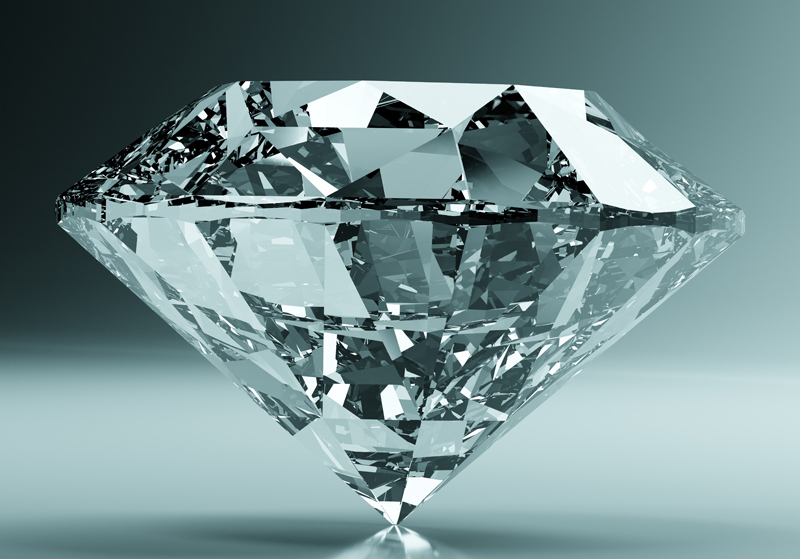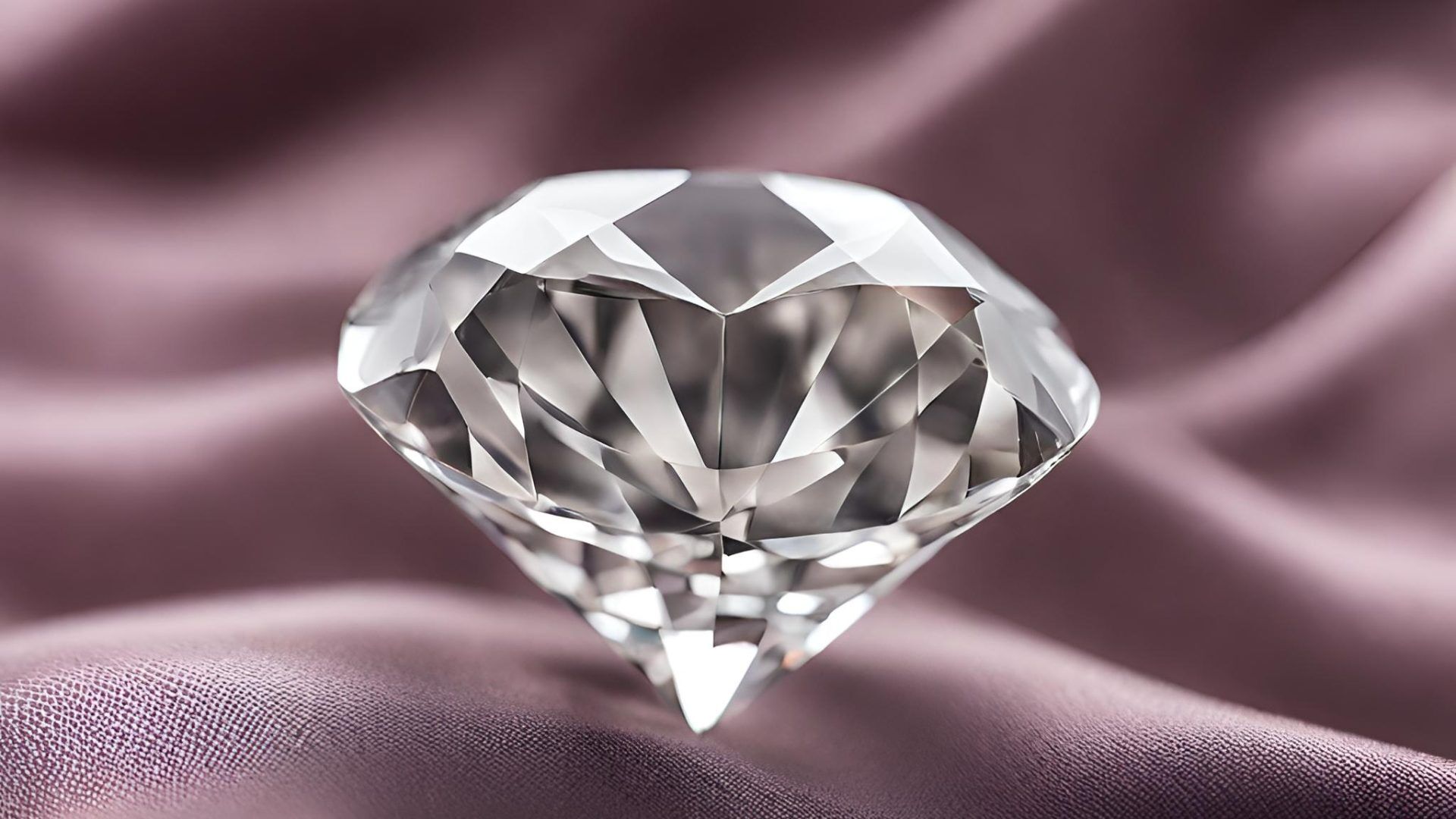Learn Lab Diamonds Cut: Understanding the Key to Their Beauty and Value

When it comes to purchasing diamonds, the cut plays a significant role in determining its overall beauty and value. If you’re considering buying a lab-grown diamond, understanding how to learn lab diamonds cut can greatly enhance your ability to select the perfect stone. Lab-grown diamonds, like natural diamonds, come in a variety of cuts, each offering different aesthetic qualities. In this article, we will explore the importance of cut in lab diamonds, how to evaluate it, and why it should be a top priority when shopping for these stunning gemstones.
What Is the Cut of a Lab Diamond?
Before diving into how to learn lab diamonds cut, it’s important to understand what the “cut” refers to in diamond terminology. The cut of a diamond refers to how well the diamond has been shaped and faceted. It involves both the proportions of the diamond and how well it has been polished to reflect light. The quality of the cut is a major factor in a diamond’s sparkle, fire, and brilliance. While lab-grown diamonds are chemically identical to natural diamonds, their cut quality can vary depending on the craftsmanship of the diamond cutter.
When you learn lab diamonds cut, you’ll realize that the diamond’s proportions, angles, and overall symmetry play a significant role in its ability to reflect light. A well-cut lab diamond can sparkle brilliantly, while a poorly cut one may appear dull, no matter how high its clarity or color rating may be. Therefore, knowing how to assess the cut is crucial to selecting a lab-grown diamond that will truly shine.
The 4 Cs: Cut, Color, Clarity, and Carat Weight
To properly learn lab diamonds cut, it’s essential to understand the context of the 4 Cs: Cut, Color, Clarity, and Carat Weight. Each of these factors contributes to the overall quality and value of a diamond, but the cut is considered the most important. A diamond can have excellent color and clarity, but if it is not cut well, it will lack the sparkle that makes diamonds so desirable.
The cut grade for lab diamonds typically ranges from Excellent to Poor. An Excellent cut will maximize the diamond’s brilliance, while a Poor cut may result in a diamond that lacks life and visual appeal. When learning about lab diamonds cut, always keep in mind that an ideal cut balances the proportions and angles of the diamond to allow light to enter and reflect back from the table, creating the dazzling sparkle that people love. Therefore, learning lab diamonds cut is key to ensuring you choose a stone that will display the maximum amount of brilliance and beauty.
Popular Shapes in Lab Diamonds
As you learn lab diamonds cut, you’ll also encounter a variety of shapes, each offering a different appearance and style. The shape of a lab-grown diamond refers to its overall form, while the cut refers to how well the diamond’s facets are designed. Some of the most popular shapes for lab-grown diamonds include round, princess, oval, emerald, and cushion.
The round shape is the most popular for both lab-grown and natural diamonds because it has the highest potential for brilliance. Other shapes, such as the princess cut or cushion cut, may exhibit different patterns of light reflection. When you learn lab diamonds cut, you’ll understand that certain shapes allow for more sparkle, while others are better suited for those looking for a more classic or vintage appearance. The shape you choose depends on your personal preferences and the setting in which the diamond will be placed.
How to Evaluate the Cut of Lab Diamonds
Learning how to evaluate lab diamonds cut involves looking at a few key factors. One of the most important aspects is the diamond’s proportions. The proportions refer to the angles and dimensions of the diamond’s facets, which directly affect how light is reflected within the stone. A well-proportioned diamond will have ideal angles that allow light to enter and exit efficiently, producing maximum brilliance.
Another critical factor when learning lab diamonds cut is symmetry. A symmetrical diamond is well-balanced, with each facet being identical in size and shape. Symmetry ensures that light is distributed evenly throughout the stone, enhancing its visual appeal. A lack of symmetry can cause the diamond to appear less radiant and dull.
Additionally, the depth and table of the diamond contribute to its overall cut quality. The depth refers to how deep the diamond is, while the table is the flat top surface. If either of these features is too deep or shallow, it can cause light to leak out of the sides, reducing the brilliance of the diamond. When you learn lab diamonds cut, pay attention to the depth-to-table ratio to ensure that you are selecting a diamond with optimal light reflection and sparkle.
Why Cut Is the Most Important Factor
When you learn lab diamonds cut, you’ll quickly realize that the cut is the most important factor in determining the overall appearance of the stone. While color, clarity, and carat weight are essential, a well-cut diamond will always outperform a poorly cut one, even if the others have higher ratings. The cut determines how well the diamond interacts with light, which is why it has the greatest impact on its brilliance.
A well-cut lab diamond will exhibit a mesmerizing sparkle, drawing the eye and reflecting light in all directions. In contrast, a poorly cut lab diamond may appear lifeless, even if it has perfect clarity or color. This is why it’s crucial to prioritize cut when purchasing a lab-grown diamond. Whether you’re buying an engagement ring, a pendant, or a pair of earrings, the cut should be your primary concern to ensure that your diamond will shine brightly for years to come.
The Benefits of Lab Diamonds with a Great Cut
Choosing a lab-grown diamond with an excellent cut offers several benefits. First, it ensures that your diamond will have exceptional brilliance and sparkle. Since lab-grown diamonds are typically more affordable than mined lab made diamonds, you can often get a larger diamond with better cut quality for the same price as a smaller, poorly cut mined diamond. Additionally, lab diamonds with a well-executed cut often retain their value better over time because their visual appeal is so strong.
Moreover, lab-grown diamonds are available in a variety of cuts, allowing you to choose one that fits your personal style and preferences. Whether you prefer the classic round brilliant cut or the elegant oval shape, there’s a lab-grown diamond cut for every taste. By learning lab diamonds cut, you can select a stone that not only fits your budget but also offers the ideal combination of beauty and value.
Conclusion
When it comes to purchasing a lab-grown diamond, learning lab diamonds cut is one of the most important steps you can take to ensure you choose a diamond that is both beautiful and valuable. The cut of a diamond determines how well it reflects light, contributing to its brilliance and sparkle. By understanding the different cuts, shapes, and how to evaluate them, you can make an informed decision and select a diamond that will shine brilliantly for years to come. Whether you’re buying for an engagement ring or a special gift, prioritizing cut will ensure that your lab-grown diamond is a stunning addition to any collection.






